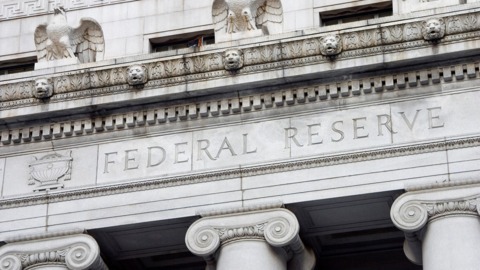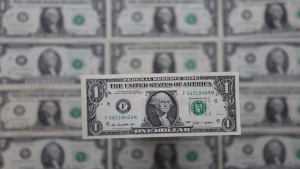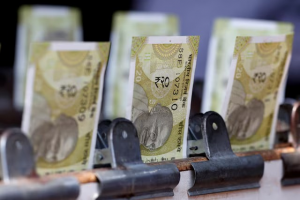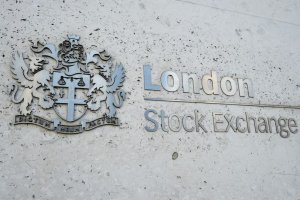Recent forecasts from investors and traders have shown a slight decline in the likelihood of the U.S. Federal Reserve reducing interest rates by a full percentage point this year. This change in expectations comes after the U.S. Bureau of Economic Analysis published a report indicating that the U.S. economy contracted by 0.3% year-on-year in the first quarter of this year.
This decline is partly attributed to U.S. companies intensively purchasing imported goods ahead of the anticipated tariffs coming into effect, which impacted economic growth during that period.
Despite this contraction, futures contracts settling at the Federal Reserve's main interest rate still indicate that the central bank may begin lowering interest rates in June.
This reflects ongoing expectations for rate reductions in the second half of the year, with forecasts suggesting that rates may be lowered four times by a quarter percentage point each time. If this occurs, it is expected that the interest rate will reach a range between 3.25% and 3.5% by the end of 2025.
This decline in expectations reflects a state of ongoing uncertainty regarding the U.S. economy, amid pressures caused by slowing economic growth and international trade wars. Moreover, these predictions present significant challenges for the U.S. Federal Reserve in its attempts to balance promoting economic growth and combating inflation under these complex economic conditions.













